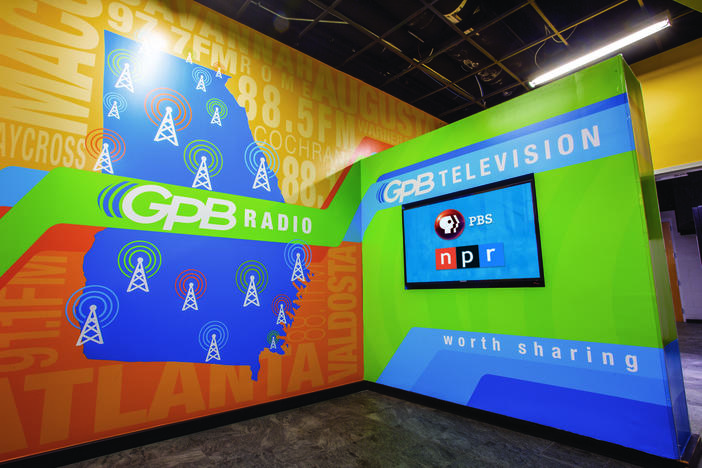Section Branding
Header Content
Some See Desert As Next Surfing Hot Spot
Primary Content
Surfing is a hallmark of Southern California's famous beaches. But soon, people who live in the desert east of Los Angeles will be able to take to the waves themselves without driving to the shore.
Transcript
SACHA PFEIFFER, HOST:
Sun, sand and surfing are hallmarks of Southern California's famous beaches, but soon, people who live much farther inland will also be able to ride the waves. As Matt Guilhem of member station WKCRW reports, cries of cowabunga are coming to the Sonoran Desert.
MATT GUILHEM, BYLINE: It's another sunny and warm day in the heart of Palm Springs as the defunct Wet'n'Wild water park undergoes a major transformation. The rusting water slides, they're getting the boot. The new star will be the wave pool - longer, deeper and, most importantly, perfectly curved along the bottom so it can churn out an endless set of beach-quality breakers.
CHEYNE MAGNUSSON: So I know that tiny little nuances that I need the wave to do to allow me to perform certain maneuvers.
GUILHEM: The guy that will be making those waves is pro surfer Cheyne Magnusson.
MAGNUSSON: If you don't know what that looks like or how to perform that maneuver yourself, how do you know how to design it?
GUILHEM: Magnusson is one of the primary backers of the new Palm Springs Surf Club. He's also...
MAGNUSSON: Chief hydro officer (laughter), which is a made-up title. But it's a real thing now, I guess.
GUILHEM: The permanently tanned 37-year-old will basically be a wave DJ, controlling and mixing the water through a system of pumps that can make everything from little lapping waves to big barrels. Two other surf parks are also on the horizon for the desert. Magnusson says there's a reason the Coachella Valley, a couple hours inland from California's coast, is a magnet for these places.
MAGNUSSON: The heartbeat of the surf industry has always been Southern California, you know? So you have this just overwhelmingly surf-centric population that's a two-hour drive. And the other thing we know about surfers is they love to take trips.
GUILHEM: Before Palm Springs, Magnusson was the wave DJ at a surf park at a very inland Waco, Texas. He says more than a quarter of its business actually was surfers who came from the Golden State. The developers are banking on a built-in California surfer base, but Scott White, head of the tourism agency that markets the Coachella Valley, thinks the consistent desert weather will play a part.
SCOTT WHITE: I can't tell you how many times I leave here and the sun is out, and I get to the coast, and it's cloudy, foggy, misty. It's cold. We're going to provide the perfect wave with the perfect weather.
GUILHEM: For the record, Palm Springs sees more than 300 sunny days a year.
(SOUNDBITE OF WAVES CRASHING)
GUILHEM: Two hundred miles northwest of Palm Springs is Rincon Beach. As the afternoon fades and actual ocean waves crash, Ed Garcia is sitting on his board in the Pacific. He doesn't mind the promise of the desert's endless sun. The repeatable perfection of a surf park wave is what doesn't sit well with Garcia.
EDDIE GARCIA: It's kind of cool to have that unknown factor, you know?
GUILHEM: The 33-year-old has been an ocean surfer since he was 14.
GARCIA: Every wave is kind of different, and crappy days are still fun, you know, if you can kind of look at it a little different.
GUILHEM: When a good wave comes along, he turns toward shore, paddles like a maniac, then stands up and rides it in. He gets that a desert surf park could be a great training tool for pros and could introduce new people to the sport, but there's no cost to grab your board and paddle out in the ocean. Would he hit up one of the desert surf parks?
GARCIA: Maybe. Maybe. We'll see.
GUILHEM: He's still got plenty of time to decide. The first of the parks is set to open in 2022. For NPR News, I'm Matt Guilhem. Transcript provided by NPR, Copyright NPR.
